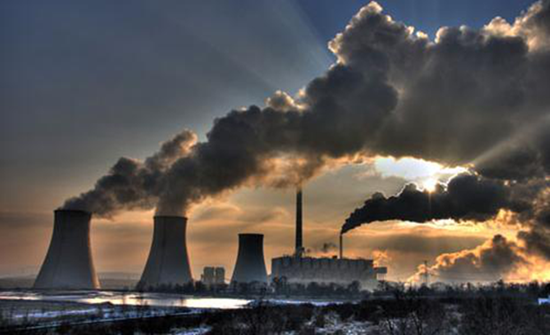
10 Worst Environmental Disasters Caused by Corporations
By Merrill Cook, Business Pundit, 6 March 2015.
By Merrill Cook, Business Pundit, 6 March 2015.
Human error, the cutting of corners, unforeseen chemical reactions, and the crazy scale of natural resources have led to some awe-inspiring and downright terrifying environmental disasters. While some are completely accidental, others have been caused of gross negligence, often in the name of cutting costs. In an effort to be a conscious consumer in the future, and as a warning as to what too lax environmental regulations can lead to, check out the ten worst environmental disasters caused by corporations.
10. The “Door to Hell”
While this environmental disaster was technically caused by Soviet engineers, and thus a state-caused incident, it made by a profit-seeking enterprise seeking to expand an oil and gas field. The site aptly called the “Door to Hell” by Turkmenistani locals was located by Soviet engineers as a potentially substantial oil field in 1971. After drilling operations began, the engineers were pleased with the gas reserves they found, and began storing the gas. A short while later the ground beneath the drill rig collapsed and opened into a large crater. Afraid that the poisonous gases would continue to be released, the engineers decided to burn off the remains. They estimated the burn would last for a few weeks, but the 60 meter wide, 20 meter tall crater is still burning today, over four decades later.
For a glimpse at the first expedition to the bottom of the crater, check out the George Kourounis expedition as aired on National Geographic in 2014.
9. The Exxon Valdez Oil Spill
The Exxon Valdez Oil Spill was considered the worst oil spill of all time (in US waters) until the more recent Deepwater Horizon spill. The wreck and following spill occurred in Prince William Sound, Alaska on March 24th, 1989 at least partially due to the mis-manoeuvring of the third mate who was piloting the ship (the commanding officer was sleeping off a bender below), and potentially due to faulty radar equipment that did not warn the pilot of a nearby reef. It is estimated that the spill released between 11 and 32 million gallons of oil into the Prince William Sound. The immediate effects included the death of 100,000+ seabirds, 2,800 sea otters, 300 harbour seals, 247 bald eagles, and 22 Orca Whales. The initial spraying of high pressure hot water to displace oil attached to the rocky coves killed a number of microbial life forms that formed the basis for the local food chain.
25 years after the spill there are still thousands of gallons of oil in the area and up to 450 miles away. Some of which does not appear to have biodegraded at all. After an initial ruling calling for US$287 million in actual damages, and US$5 billion in punitive damages, Exxon held the case up for years in court, finally paying off the total lowered fine of US$507.5 million in 2009.
8. Sidoarjo Mud Flow
Ever heard of a mud volcano? Well it’s the sort of thing that natural gas well blowouts can start (or, as the PT Lapindo Brantas Co - the firm blamed for the mud volcano - claims, a distant earthquake). The Sidoarjo mud flow started on May 29th, 2006 when heated mud (160 degrees Fahrenheit) and hot water began spewing into the air as geysers, mud and hot water have since belched out nearly 6 million cubic feet of Earth, covering an area twice the size of Central Park. The disaster has displaced over 100,000 villagers and 30 factories. Though greatly dissipated, and with levees in place to reduce the damage of future mudflows, an entire Indonesian town has been displaced and buried by the mud volcano.
7. BP Deep Water Horizon Spill
The Deepwater Horizon oil spill is the largest oil spill in history, and a full 8-31% larger than the previous largest oil spill. The accident involved the explosion and sinking of the Deepwater Horizon oil rig, and a subsequent oil geyser that flowed into the Gulf of Mexico for 87 days. The spill, the equivalent of 4.9 million barrels spread to 68,000 square miles of ocean, roughly the size of the state of Oklahoma. Covering what a Stanford University, Monterrey Bay Aquarium, and NOAA study called “one of the most productive ocean ecosystems in the world,” the affected area was home to more than 8,300 species. A number of protected species were devastatingly affected by the spill. Besides recent settlements from those filing suite with BP, it is estimated that BP lost US$37-90 billion in spill related expenses, a temporary ban by the EPA in seeking new contracts with the US government, and a 10-40% sales drop due to backlash against the brand during the crisis.
6. The Seveso Disaster
The Seveso Disaster occurred in towns north of Milan in the summer of 1976, when a thick white cloud of dioxin was released from a chemical plant. As the cloud settled on nearby communities, animals were affected first. One farmer saw his cat fall over. When the body was exhumed two days later, nothing was left of the animal but its skull. Within days some 3,300 animals were found dead in the area, and with the widespread effect on animals, it was feared that the toxic TCDD had entered the food chain. 80,000 animals were slaughtered as the effects of the chemicals became known to humans in nearby communities. Starting with vomiting, blurred vision, and disfiguring lesions and sores known as chloracne, prompting the evacuation of nearby towns. A 2001 study found the effects still lingering through cardiovascular and endocrine related effects, as well as an increase in breast cancer by 2009. The Seveso Disaster was learned from, however, with the European community adopting the Seveso Directive in 1982 to protect from any recurrence of dangerous chemical exposure.
5. The Al-Mishraq Fire
The Al-Mishraq Fire occurred at the Mishraq State Sulphur Mine Plant near Mosul, Iraq in the summer of 2003. The fire was the largest human-made release of sulphur dioxide ever recorded, which was started (potentially deliberately) by a fire that continued to burn for almost a month. Mosul City, at 45 km away experienced catastrophic pollution levels for a number of days, many US Servicemen experienced extremely high exposure when working to quell the flames, and most of the region’s vegetation died off. Low levels of sulphur dioxide and hydrogen sulphide can cause irritation, reddening of the nose and throat, eye irritation and coughing. At higher levels, the gases can burn the skin, obstruct the airways, and cause fluid to accumulate in the lungs. The Veterans Affairs is still evaluating claims from the number of servicemen exposed to the dangerous gases.
4. The Love Canal
Love Canal was meant to be a model community on the eastern edge of Niagara Falls, New York. Before the discovery of alternating current - which enabled the transmission of electricity over long distances - a canal was begun to generate power locally. Unfortunately, the project fell on hard times, and the canal was sold to become a landfill. In particular, the land was used for a municipal and industrial chemical dump site. In 1953, the Hooker Chemical Company - owners and operators of the property - covered the canal with earth and sold it to the city for a dollar. Fast forward a decade and around 100 homes and a school were on the site. 25 years after the Hooker Chemical Company moved out, a record snow melt began to leach chemicals from their drum containers, and into the backyards and basements of the community. A number of local children began to be born with birth defects: extra rows of teeth, cleft palate, retardation, unformed limbs. A higher number of miscarriages, urinary and kidney problems, and rashes began, and soon there was a full scale evacuation on the community’s hands. While the state bought the houses of those affected, and the site was recapped with a number of layers, lawsuits continue today in what is now named Black Creek Village.
3. Amoco Cadiz Oil Spill
The Amoco Cadiz oil spill occurred in March of 1978 around 3 miles from the coast of Brittany, France, and remains the largest oil spill of its kind in history. The wreck was started in high seas in the English Channel when it was found that the ship’s rudder was no longer responding. At 10:20 a call for tug assistance was transmitted, but the call was not issued until 11:20. A German tug offering assistance under Lloyd’s Open Form (under which the tug would be able to claim a sizable prize for saving the cargo of the ship). Due to high winds, as well as an argument between the ship’s captain and the tug captain over the terms of the Lloyd’s open form caused the ship to miss an opportunity to call a larger tug in the area to help. Waiting until 16:00 to obtain approval from the ship’s owners in Chicago, it was already too late. Severe weather resulted in the complete breakup of the ship before any oil could be pumped out of the wreck. 1.6 million barrels of light crude oil, and 4,000 tons of fuel oil were spilled into the sea, quickly spreading to approximately 45 miles of French shoreline, where it coated beaches to a depth of 20 inches. After a month 200 miles of coastline were oiled, including 76 Breton communities. At the time the event was the largest loss of marine life ever occurring from a spill. With nearly 20,000 dead birds recovered, an estimated 9,000 tons of dead oysters, and fish with ulcerations and tumours caught for some time. In US courts, the owners of the tug were ruled to be blameless, while France was awarded US$120 million from American oil company Amoco in 1990.
2. E-waste in Guiyu, China
While there isn’t one corporation responsible for this environmental disaster, a whole industry, that largely creates un-recyclable goods is to blame. Guiyu, China is composed of four small villages that are perhaps the largest electronic waste site in the world. In 2005, 60,000 e-waste workers processed more than 100 truckloads of discarded electronics daily. Workers work 16 hour workdays and risk their health in being exposed to heavy metals, dangerous acids, and toxins that cover the ground. The workers make around US$1.50 a day from recovering valuable metal parts from within the piles of electronics. Meanwhile crops will not grow in the surrounding region due to pollution, and the local water is undrinkable. With increased coverage and concern over e-waste, a number of high profile companies have tried to lower the waste produced by their products at the end of their lifecycle. At the same time, however, an increasingly low lifecycle for electronics leads to more objects running out of warranty and being disposed of before they’re even sold (because there are newer models), increasing overall e-waste.
1. The Bhopal Disaster
The Bhopal disaster was a gas leak that occurred in December of 1984 in Bhopal, India. It is largely regarded as the world’s worst industrial disaster. Though there had been earlier leaks at the UCIL factory, many of which exposed workers to methyl isocyanate (MIC), chlorine, monomethylamine, phosgene, and carbon tetrachloride, sometimes killing workers within hours, 1984 found many safety systems at the plant not functioning. On December 2-3, a runaway reaction was started due to malfunctioning vents, high temperatures, and the proximity of reactive chemicals. With temperature inside of a tank at over 392 degrees Fahrenheit, an emergency venting of pressure released around 30 metric tons of MIC into the atmosphere in less than an hour. As the cloud was blown over Bhopal, people ran from the plant, and those who didn’t own cars inhaled more of the chemicals while they ran. Initial effects included coughing, severe eye irritation, feeling of suffocation, burns, stomach pains, and vomiting. By the morning, thousands were dead due to choking, circulatory collapse, fluid in the lungs, in the brain, as well as the destruction of kidneys and fatty degeneration of the liver. In following months the stillbirth rate rose 300%, and the neonatal mortality rate doubled. For the over 700,000 people affected by the gas, long term health effects, the death of those they knew, and the contamination of food and vegetation in the region persisted for years. Ensuing legal action found its way to US courts, and eventually led to the adoption of legislation regarding the accidental release of toxic chemicals in the US.
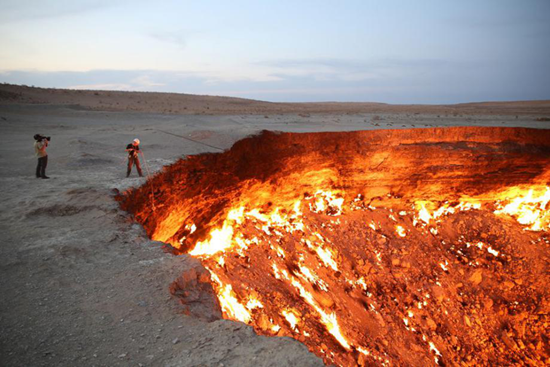
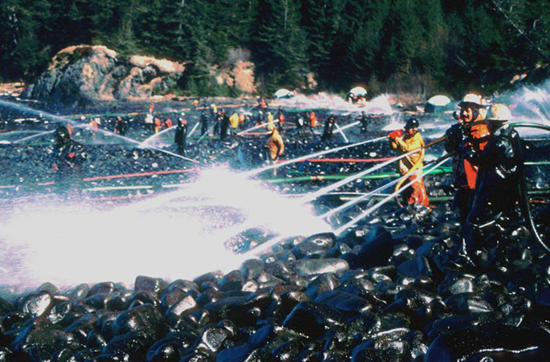
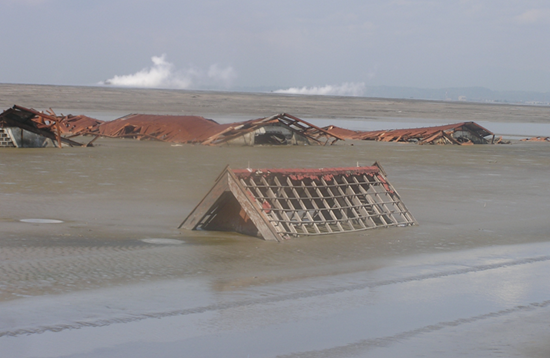
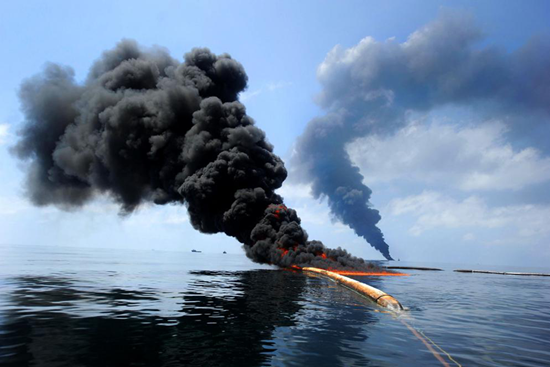
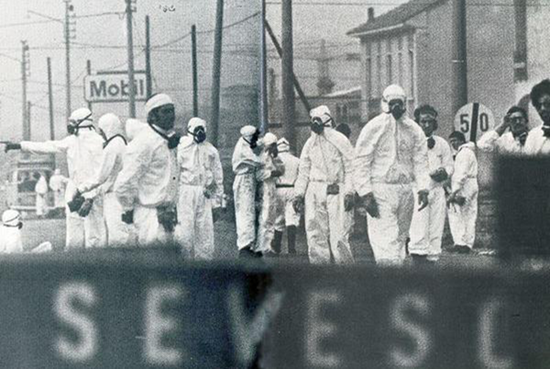
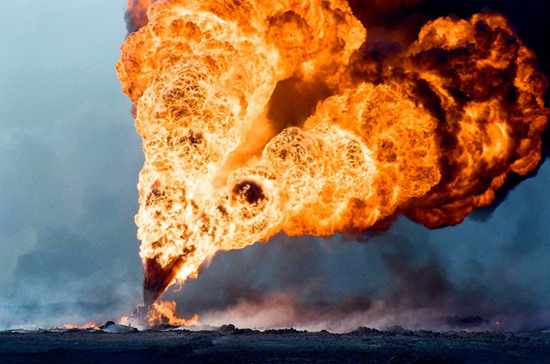
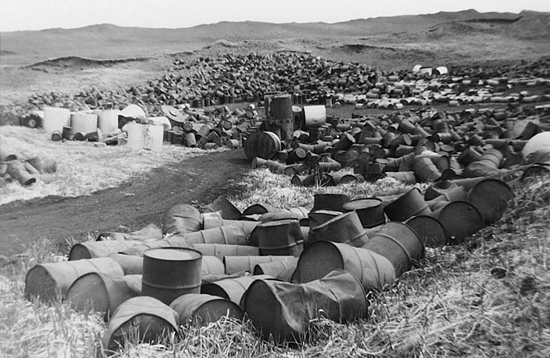



No comments:
Post a Comment
Please adhere to proper blog etiquette when posting your comments. This blog owner will exercise his absolution discretion in allowing or rejecting any comments that are deemed seditious, defamatory, libelous, racist, vulgar, insulting, and other remarks that exhibit similar characteristics. If you insist on using anonymous comments, please write your name or other IDs at the end of your message.